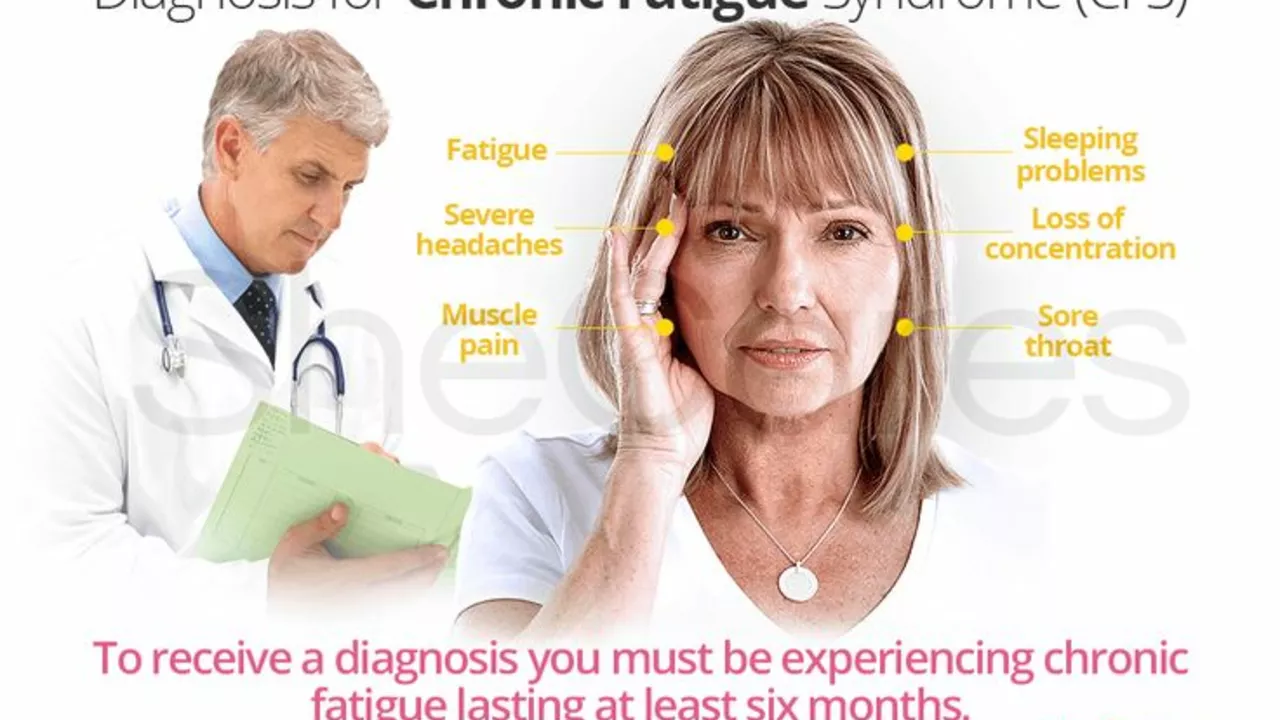Symptoms: How to Spot, Track, and Act Fast
Not all symptoms mean something serious, but some deserve fast action. If you notice new or worsening signs—sudden shortness of breath, one-sided leg swelling, severe rash, yellowing skin, high fever, fainting, or chest pain—treat them as urgent and seek medical help right away. For less dramatic issues, a clear plan will stop panic and help your clinician figure out what’s going on.
Quick red flags and what to do
Shortness of breath or chest pain: call emergency services now. These can be heart or lung problems and need immediate evaluation. One-sided leg swelling, warmth, or pain, especially after surgery or long travel, could be DVT (blood clot). The article "Recognizing and Managing DVT Risks with Anesthesia" on our site explains signs and why timely treatment matters. Sudden confusion, trouble speaking, or drooping face: treat like a stroke—seek emergency care.
High fever with severe pain or a spreading rash, persistent vomiting, or signs of dehydration also need prompt attention. If a new medication lines up with the start of symptoms—severe drowsiness, persistent nausea, jaundice, or allergic-type rash—stop the drug only if a clinician told you to, and contact your prescriber or pharmacist right away.
Track symptoms so doctors can help faster
Keep a short symptom diary: date/time, what you felt, how long it lasted, what made it better or worse, and any meds or foods you took. Take photos of rashes, swollen limbs, or bruises. Bring a current medication list (including OTCs and supplements) to appointments—drug interactions explain a lot. If you’re monitoring chronic issues like breathlessness, note how many stairs you climb before symptoms start or use a simple scale (0–10) for breathlessness.
Use your pharmacist. Many side effects are first spotted at the pharmacy. Ask them about common reactions for medicines you’re on—topics on our site like acetaminophen dosing or statin alternatives explain specific risks and monitoring needs. For breathing problems tied to nutrition, read "How Vitamin D Deficiency Impacts Your Breathing" to see when low vitamin D might matter and what tests your doctor may order.
If symptoms are new after surgery or anesthesia, mention that—blood clots and breathing changes can be linked to procedures. For medication-related concerns (like gabapentin uses or Flexeril side effects), get a same-day clinic or telehealth consult if available. Bring your diary and photos; they speed diagnosis.
Finally, don’t ignore gut feelings. If something feels seriously wrong, push for evaluation. Clear notes, timely photos, and a short med list give clinicians the best chance to act fast and safely. For specific how-tos and related reads, check the tag articles on HighStreetPharma for step-by-step guides and practical tips tailored to common symptoms.

